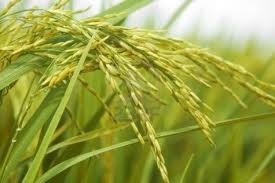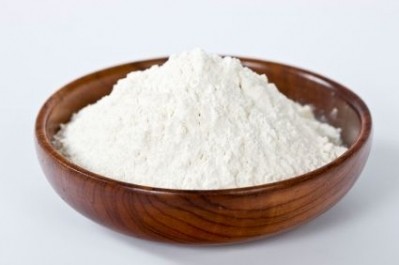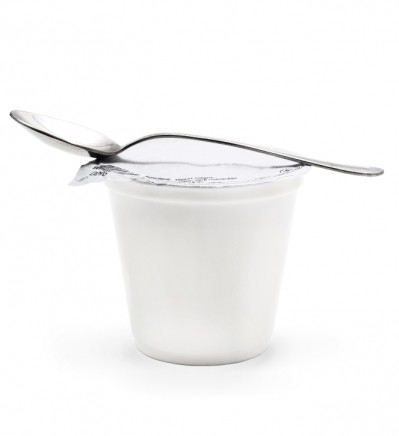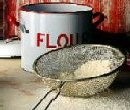Rice bran shows potential to enhance gluten-free formulations

Incorporating rice bran at a level of 10% to rice-based gluten-free bread also enhanced the nutritional profile of the bread, according to data published in the Journal of Cereal Science.
Researchers from Chiang Mai University in Thailand and the University of Natural Resources and Life Sciences in Austria report that the study “clearly demonstrates” the potential of rice bran to enhance the quality of gluten-free breads.
Booming market
The gluten-free market is growing impressively, but many products are still characterized by low nutritional quality, explained the researchers.
According to market research organization Packaged Facts, the market for gluten-free foods has grown much faster than expected, at a compound annual growth rate of 30% from 2006 to 2010.
Celiac disease is an autoimmune disorder with symptoms triggered by gluten consumption, the protein found in wheat, rye, barley and spelt – but although awareness of the condition has increased rapidly in recent years, most people consuming gluten-free diets do so for other reasons.
Formulation data
The researchers optimized bread formulations made with rice flour, HPMC (3%, Metolose by Shin-Etsu Chemical Co., Japan), egg albumen (2%), emulsifier (1.5%, Panodan M2020 + Dimodan PH 100, Danisco, Denmark), and rice bran at a level of 10% (NutraCea).
Results showed that rice bran containing a high amount of soluble dietary fiber produced bread with a better color, higher volume, and softer crumb firmness.
“These results prove that addition of rice bran not only enhances the physicochemical and nutritional profile of the final gluten-free breads, it was also preferred by the panelists over the control bread,” wrote the researchers.
“It has to be mentioned that the panelists were mainly Austrians, who are well used to whole meal bread or bread containing bran, as in Austria, usual bread consumption is not only based on white (wheat) bread compared to many other countries. But studies in other parts of the world also found that addition of rice bran to (wheat) bread (1–3%) was accepted during sensory evaluations.”
Source: Journal of Cereal Science
September 2012, Volume 56, Issue 2, Pages 389-395
“Quality improvement of rice-based gluten-free bread using different dietary fibre fractions of rice bran”
Authors: Y. Phimolsiripol, A. Mukprasirt, R. Schoenlechner









